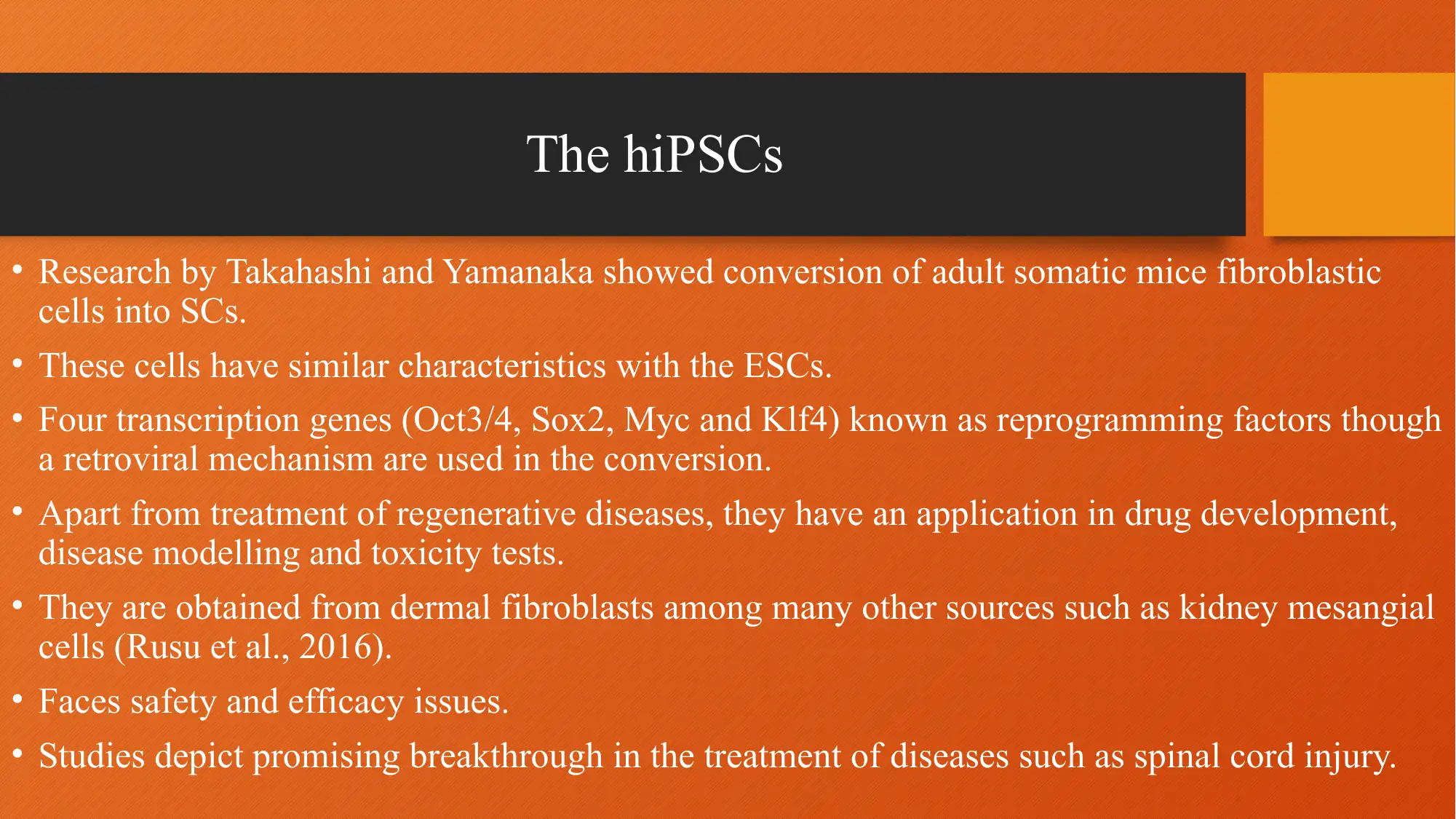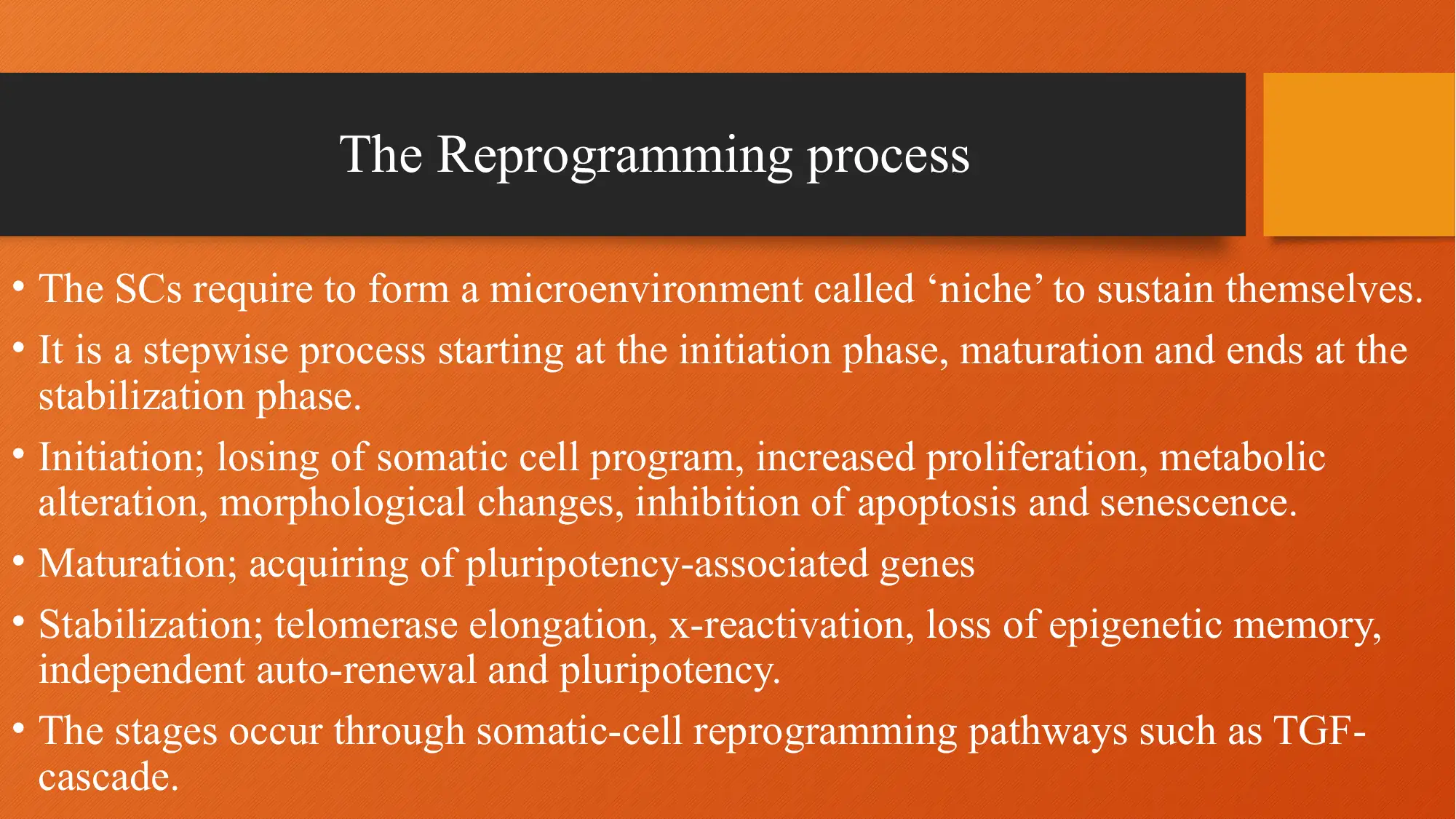Stem Cell Therapy: A Review of Types, Reprogramming, and Applications
VerifiedAdded on 2023/05/28
|10
|840
|129
Essay
AI Summary
This essay provides a comprehensive overview of stem cell therapy, focusing on the applications of embryonic stem cells (ESCs), non-embryonic stem cells (adult MSCs), and induced pluripotent stem cells (iPSCs) in regenerative medicine. It discusses the sources of these cells, their pluripotency, and the reprogramming processes involved in transforming somatic cells into stem cells. The essay also addresses the use of biomimetic scaffolds to enhance stem cell differentiation and tissue regeneration. Furthermore, it highlights the ethical considerations and limitations associated with stem cell therapy, such as the risk of teratoma formation and immunogenicity, while underscoring its successful application in treating hematological dysfunctions. The information presented illustrates the potential and challenges of stem cell therapy in addressing degenerative diseases and tissue damage.
1 out of 10











![[object Object]](/_next/static/media/star-bottom.7253800d.svg)